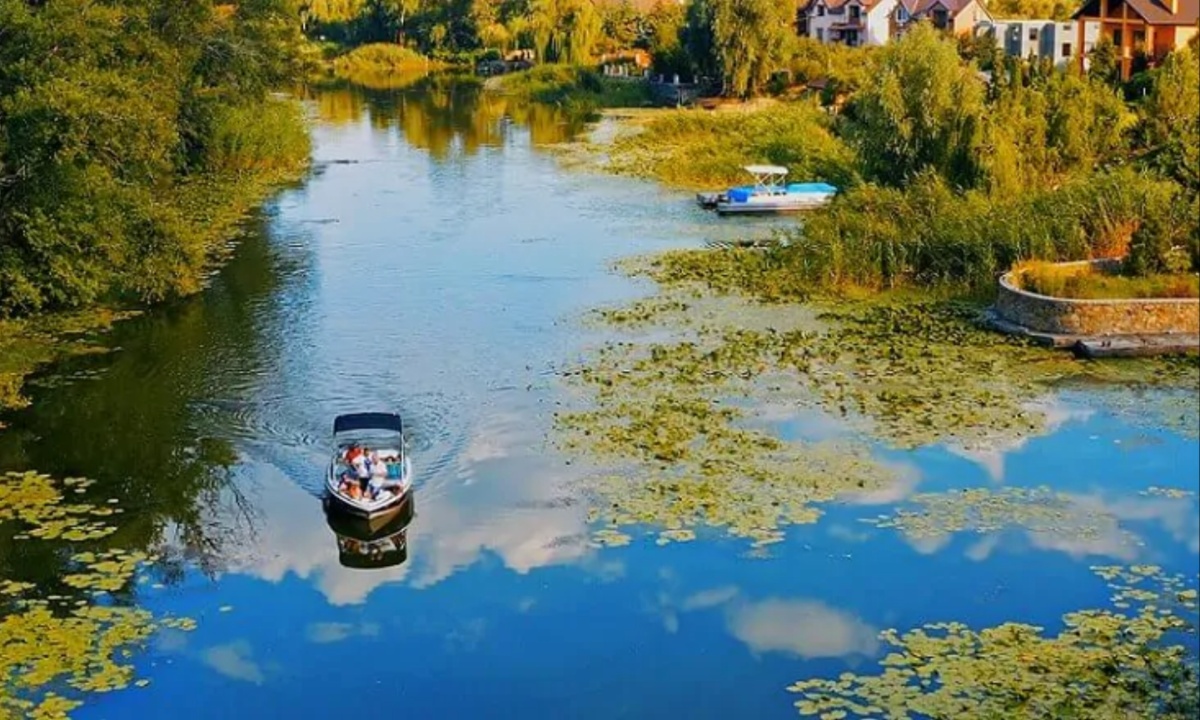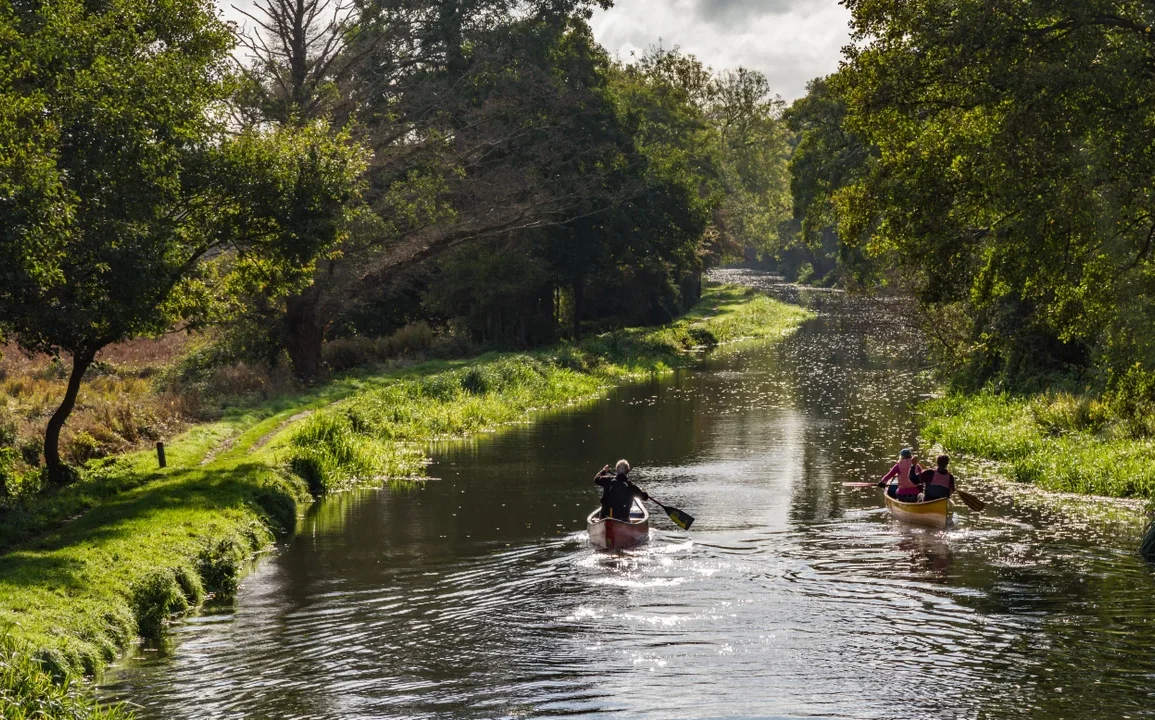The EU recently strengthened its wastewater treatment regulations, requiring member states to implement substantial upgrades to sewage systems by 2035. These new rules focus on removing significant pollutants, including human waste and chemicals, from rivers and other waterways, with the cost burden placed on the responsible industries.
This marks a substantial shift in the EU’s approach to environmental protection, expanding its standards to cover a broader array of pollutants like microplastics. In contrast, the UK, operating under the outdated 1991 Urban Waste Water Treatment (UWWT) directive, has not aligned its standards with these advancements since leaving the EU, raising concerns about the state of its waterways.
The UK’s current sewage management rules, still based on the old EU directive, only restrict sewage discharges during extreme weather. However, the outdated infrastructure has led to frequent sewage spills, even under normal conditions. Recent investigative reports revealed that the UK lags in various areas of environmental regulation compared to the EU, where environmental protections are being reinforced.
Experts argue that the UK should consider modernizing its standards to address severe pollution levels in its rivers, potentially adopting measures similar to those in the EU’s updated regulations.
Under the new EU directive, wastewater treatment plants must adopt “tertiary treatment” to target nutrient pollution, particularly phosphorus and nitrates from human and animal waste. This method, previously limited to “sensitive areas,” is now mandatory for all large EU treatment facilities. Such pollution, if left unchecked, leads to excessive algae growth, depleting oxygen and harming aquatic ecosystems.

Additionally, the EU is introducing “quarternary treatment” to filter out micropollutants from industrial chemicals, pharmaceuticals, and personal care products to protect human health, particularly for those swimming in open waters—an area not addressed by UK regulations.
The financial burden of these stricter EU regulations is expected to be substantial, especially for countries with underdeveloped wastewater infrastructure. To offset this, the EU directive requires that industries responsible for pollution, such as pharmaceuticals and cosmetics, bear the costs of removing contaminants from wastewater.
This “polluter pays” principle aims to ensure that the costs of environmental cleanup do not fall solely on the public sector. In the UK, however, similar measures are absent, and privatized water companies often face criticism for failing to invest adequately in infrastructure improvements.
If successfully implemented, the EU’s enhanced sewage standards promise to create cleaner, healthier waterways across Europe, setting a clear contrast with the UK’s current approach. Although sewage pollution has garnered significant attention in the UK, with widespread public concern and ongoing media coverage, concrete legislative action has yet to materialize.
Environmental advocates emphasize the urgency for UK authorities to address this pressing issue, warning that failure to modernize wastewater standards could leave the country with increasingly polluted rivers, affecting both public health and biodiversity.

